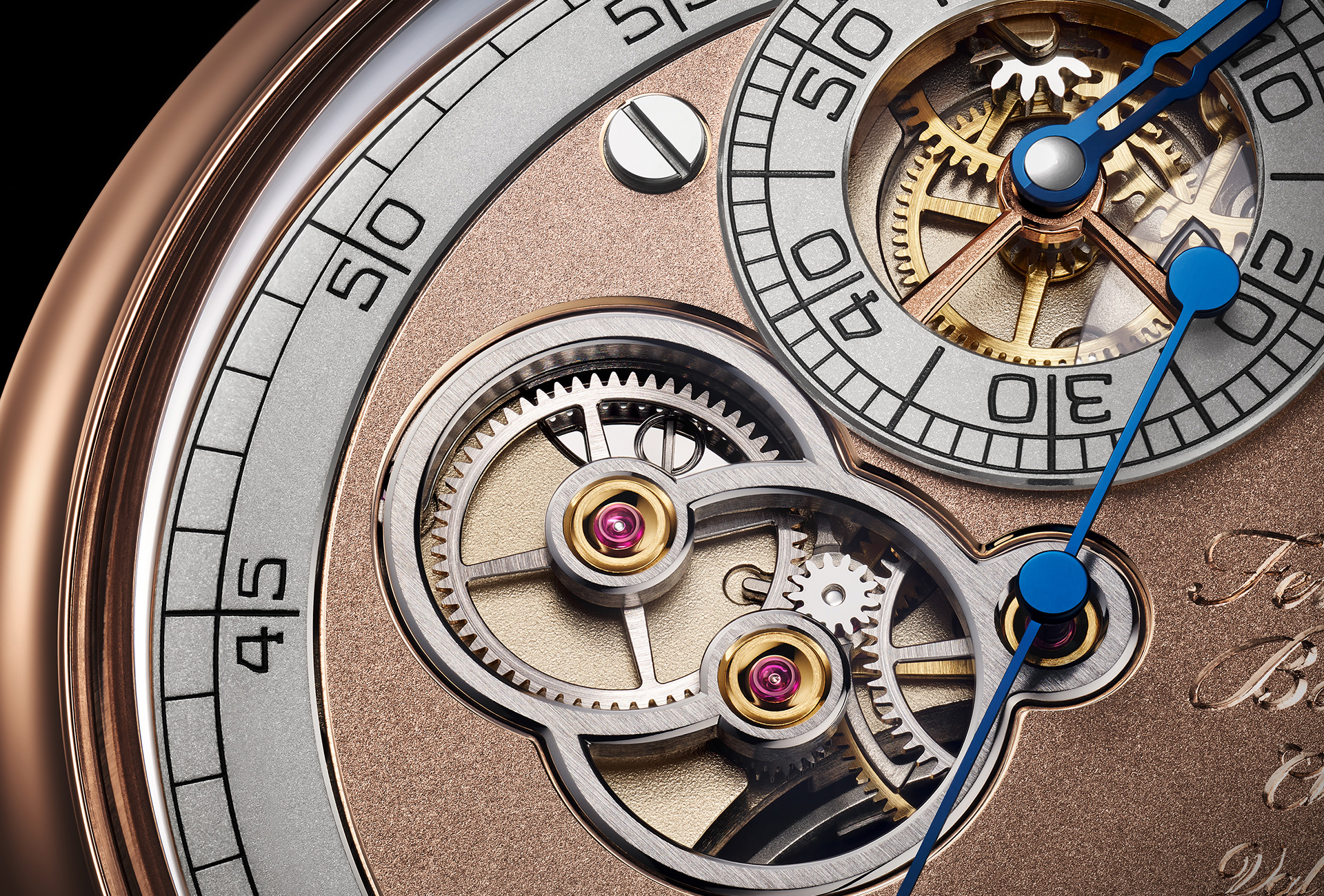Has the Swiss watch industry travelled back in time twenty years when the mechanical watch was in the midst of a resurgence? So it would seem from the spate of financial transactions and bullish announcements within the sector. As records tumble, nothing, it seems, can get in the way of growth. Year-end was marked by news that Rolex is planning a new production facility in the canton of Fribourg. The brand has acquired 100,000 square metres of land – the equivalent of ten football pitches – in Bulle on which to build a new factory at a cost of CHF 1 billion. It’s reported that the expansion will create 2,000 jobs as of 2029.
Changes are afoot at Breitling, too. The Swiss private markets firm Partners Group has increased its stake to become the brand’s largest shareholder. Alfred Gantner, co-founder of Partners Group, becomes chairman of the board at Breitling, which he is confident is “in a position to become one of the world leaders in the watch industry.” Also on the transactions front, Richemont, Alabbar and Farfetch pressed forward with measures to make Yoox Net-A-Porter (YNAP) an independent, neutral online platform for the luxury industry. The investment results in an accounting adjustment at Richemont of €2.7 billion.
Resilience
These examples show an industry in excellent health, which statistics published by the Federation of the Swiss Watch Industry (FH) clearly confirm. Basing December figures on average growth in Swiss watch exports over the first eleven months (+11.9% to CHF 22.8 billion), exports for 2022 total almost CHF 25 billion. This exceeds the high of 2021 when shipments peaked at CHF 22.3 billion (+31.2%), which just beat the previous record of 2014. Jean-Daniel Pasche, president of the FH, is adamant that this excellent performance owes nothing to chance, but is down to an industry that has shown its “resilience, capacity for adaptation and force of innovation” and whose products are “extremely attractive.”
The uncertainties linked to the war in Ukraine, the energy crisis, the strong Swiss franc and the Swiss National Bank’s restrictive monetary policy, aimed at curbing inflation, clearly haven’t weighed as heavily on the country’s watch industry as on the rest of its economy, with GDP growth projected to slow to 2% in 2022 then to 1% in 2023 according to the Swiss State Secretariat for Economic Affairs. In China, where Xi Jinping’s zero-Covid policy is expected to take economic growth below the 3% bar in 2022, Swiss watch exports slipped back 13%. Shipments to Hong Kong, which is at risk of losing its status as the region’s export hub, lost 10%. This disappointing performance hasn’t undermined the sector’s potential, and China and Hong Kong rank as the second and third destinations for Swiss watches in 2022. This headway is mirrored by employment figures in an industry some believe could fall victim to its own success. At end September, the Convention Patronale, which represents employers, announced that the industry had hired 3,332 people over twelve months, mainly in production. This brought the total workforce to 60,823 – a level last seen in the mid-1970s. The organisation forecasts that the industry will need to train and hire an additional 4,000 staff between now and 2026 – with no guarantee of finding them!
Stocks on the rise
This rebound has been reflected on the trading floor. Both Richemont and Swatch Group reported an increase in their stock price in the region of 30% for the second half 2022 – a performance matched by the major luxury companies. There’s a reason for this. Mechanical watches, which represent the high end of the market, account for the lion’s share – close to 90% – of exports measured in value terms. This picture could change in 2022 as the increased volume of Swiss watch exports, which gained 1.7% to 14.47 million units for the first eleven months, mainly concerns entry-level products. Given that Swiss watch exports have been halved in 20 years, from 30 million in 2000 to 15 million in 2021, this is excellent news for a sector that must maintain its industrial base.
So what comes next? The outlook for the Swiss watch industry in 2023 is essentially the same as for the luxury industry as a whole, which can count on an ever expanding circle of luxury consumers. According to the latest edition of the Bain & Company-Altagama Luxury Study, this wealthy class of consumers increased from 330 million individuals in 2014 to 400 million today and is poised to reach 500 million by 2030. The same study forecasts 60% growth in the personal luxury market whose value is expected to climb to €540-€580 billion by 2030. Compare the number of people likely to purchase a luxury watch with the six million Swiss mechanical watches produced each year, and it’s clear who stands to gain. A sign of the times: after years of hearing financial analysts discoursing on the potential of the GAFAM tech giants (Google (Alphabet), Apple, Facebook (Meta), Amazon and Microsoft), talk is now of the four KHOL companies (Kering, Hermès, L’Oréal and LVMH). They are the driving force of France’s CAC 40 index, with a quarter of total market capitalisation – and watches are definitely one of the pistons powering the machine. Independent watchmaker Kari Voutilainen once said there was something magical about a watch because it is “pretty much the last mechanical object we own.” As rarities go, this one is showing no signs of stopping.

















